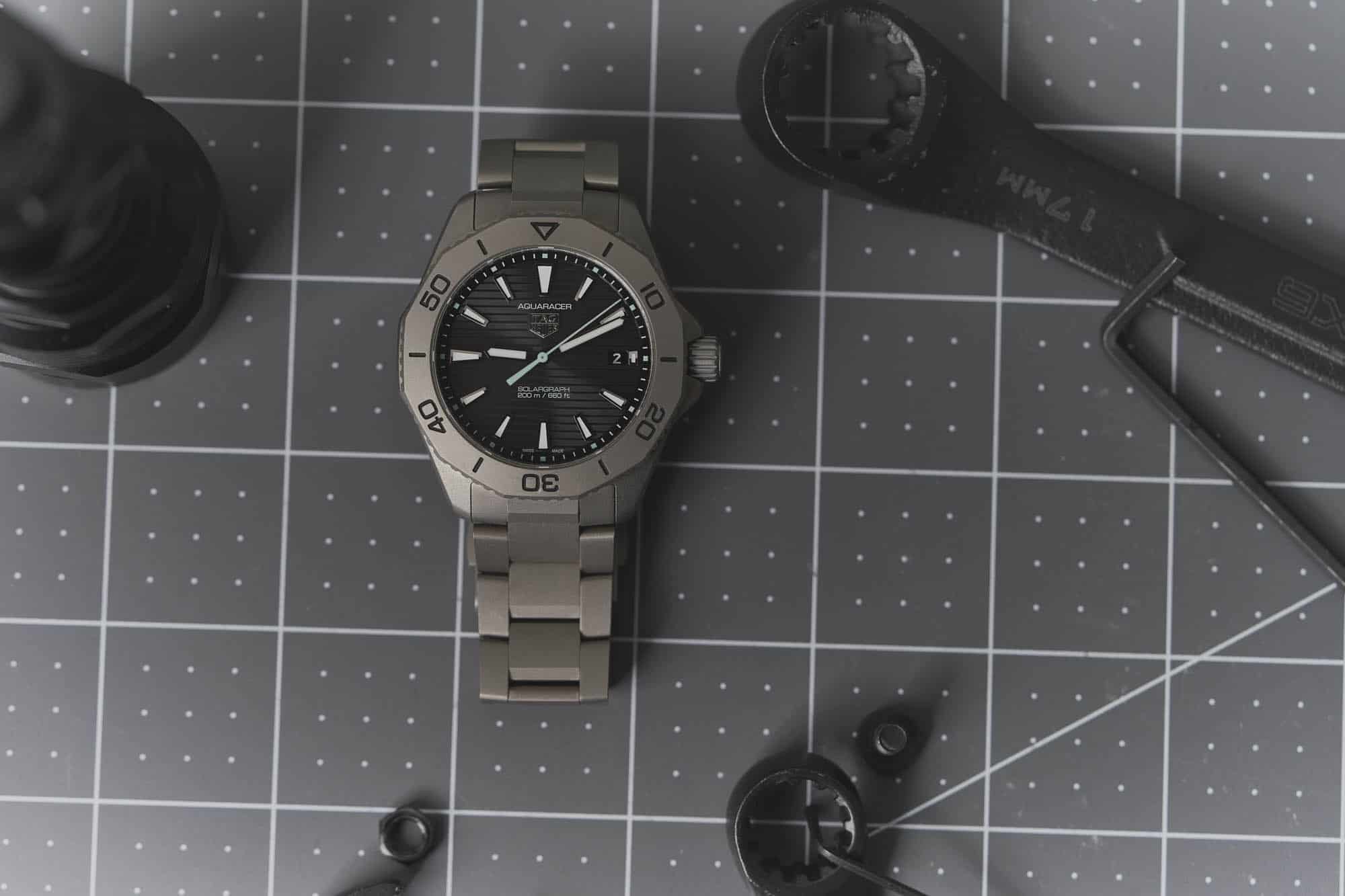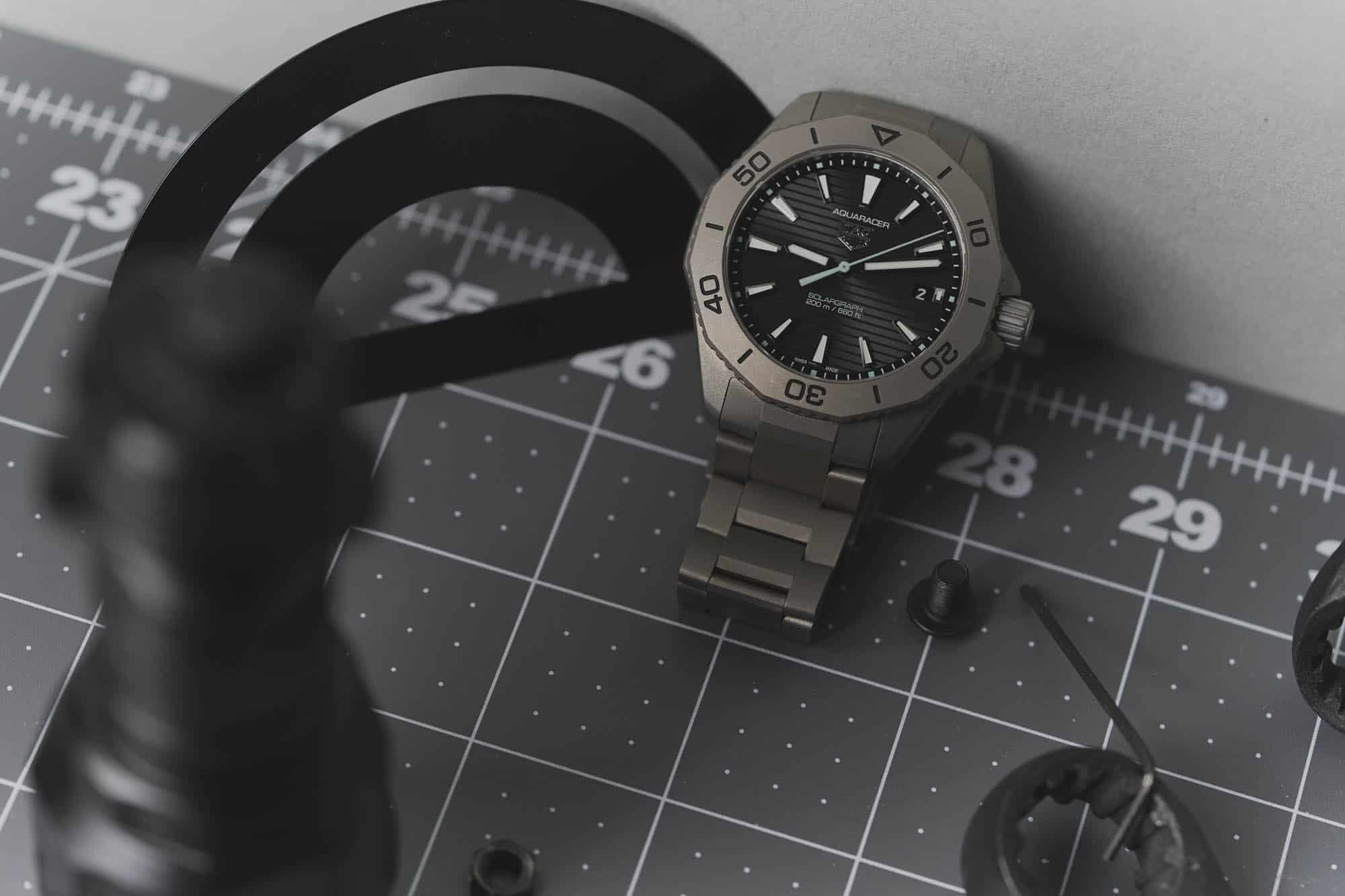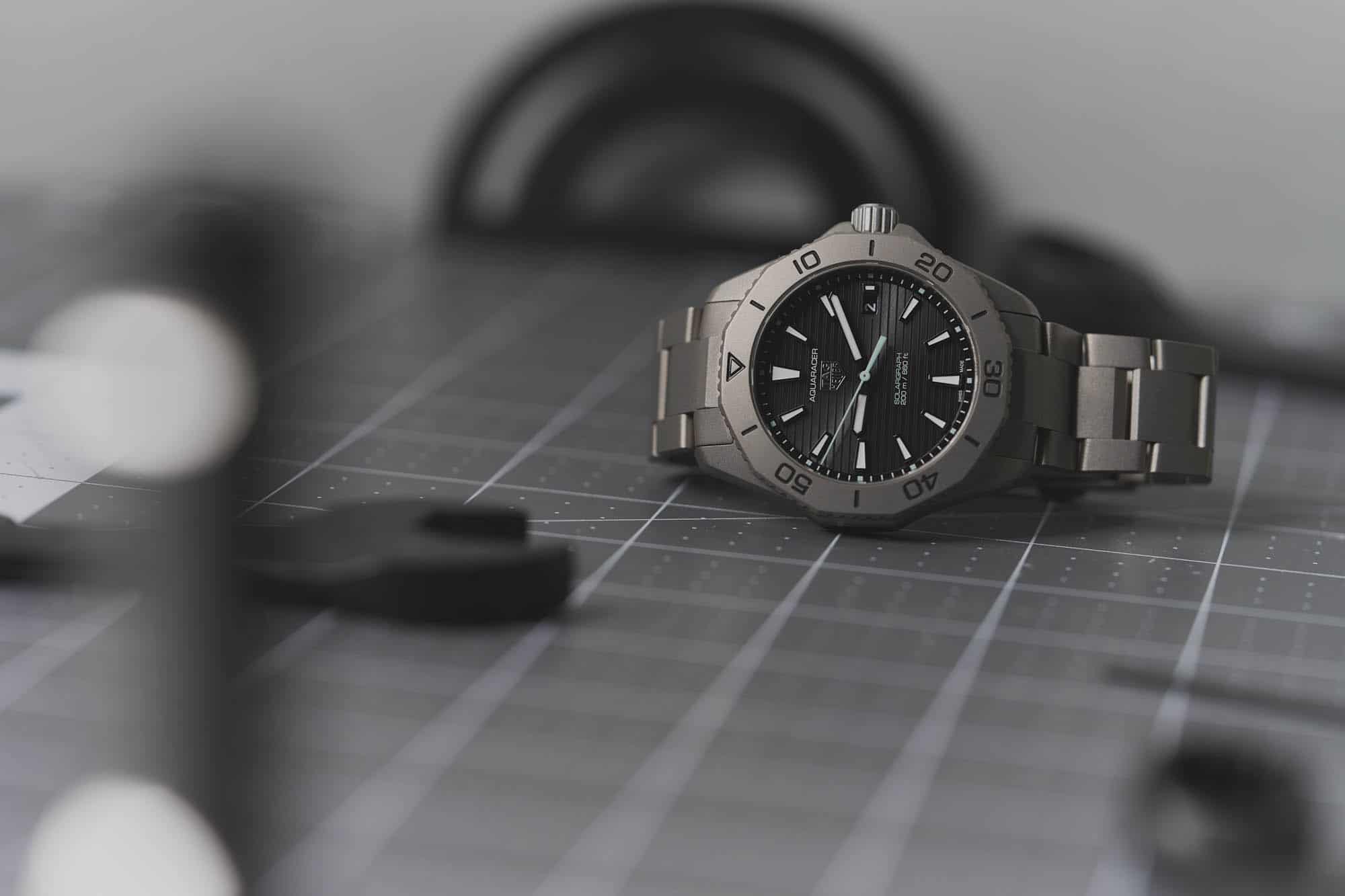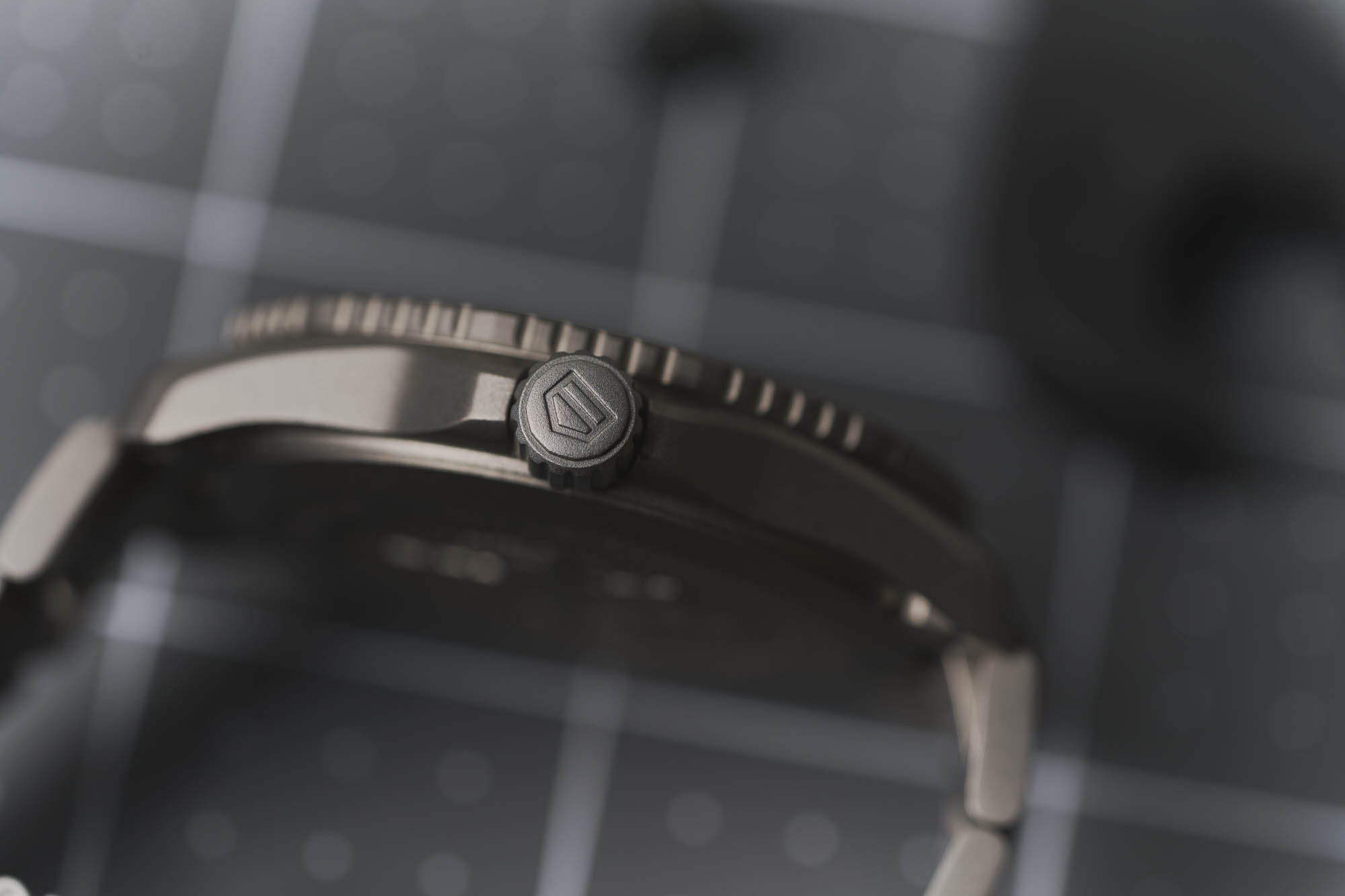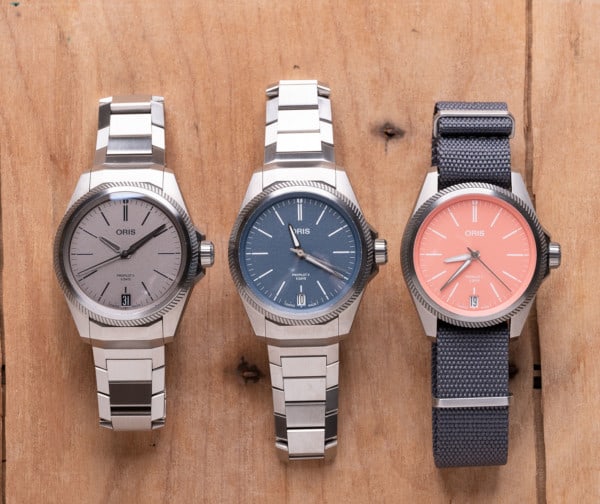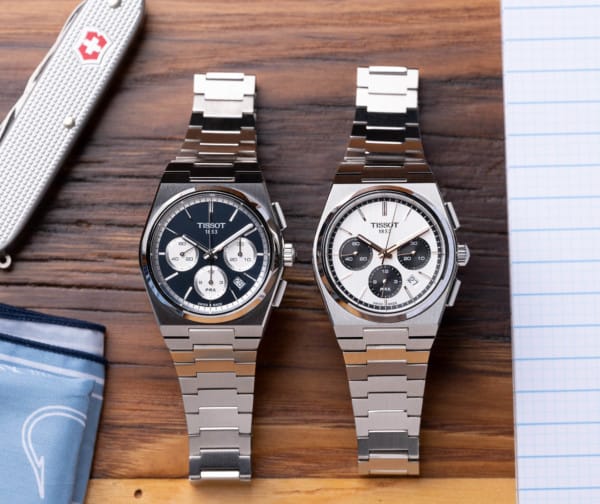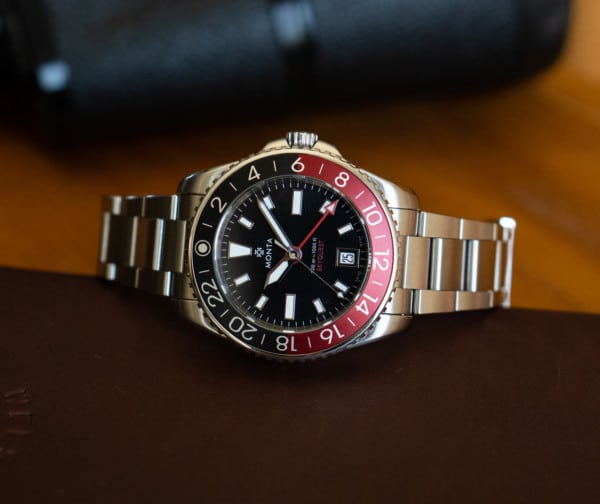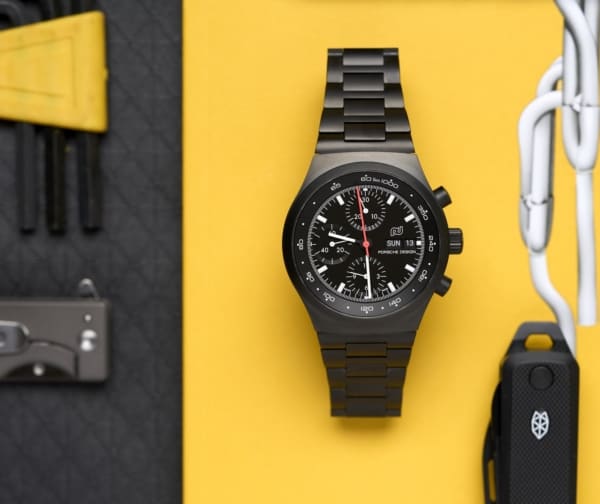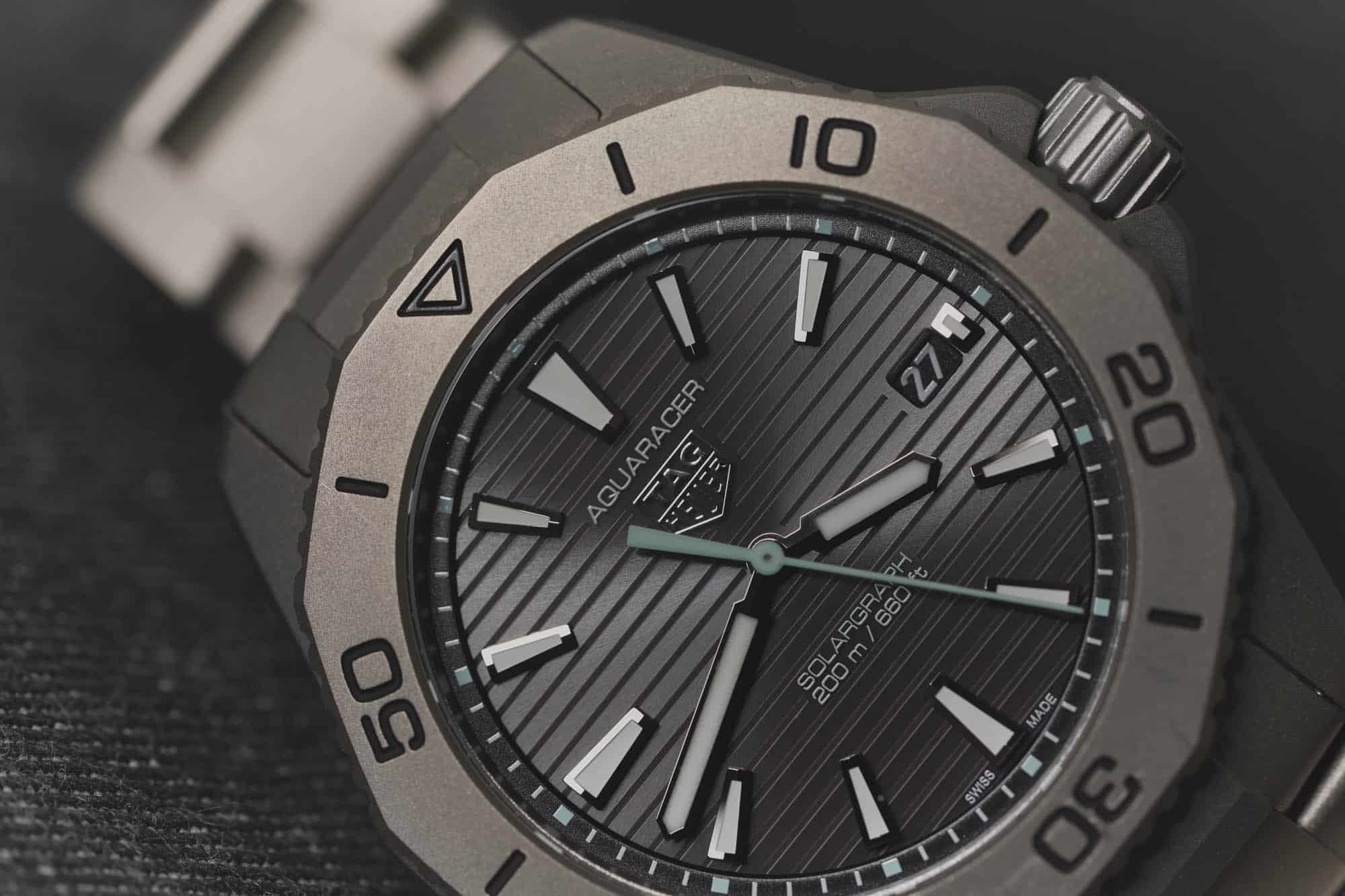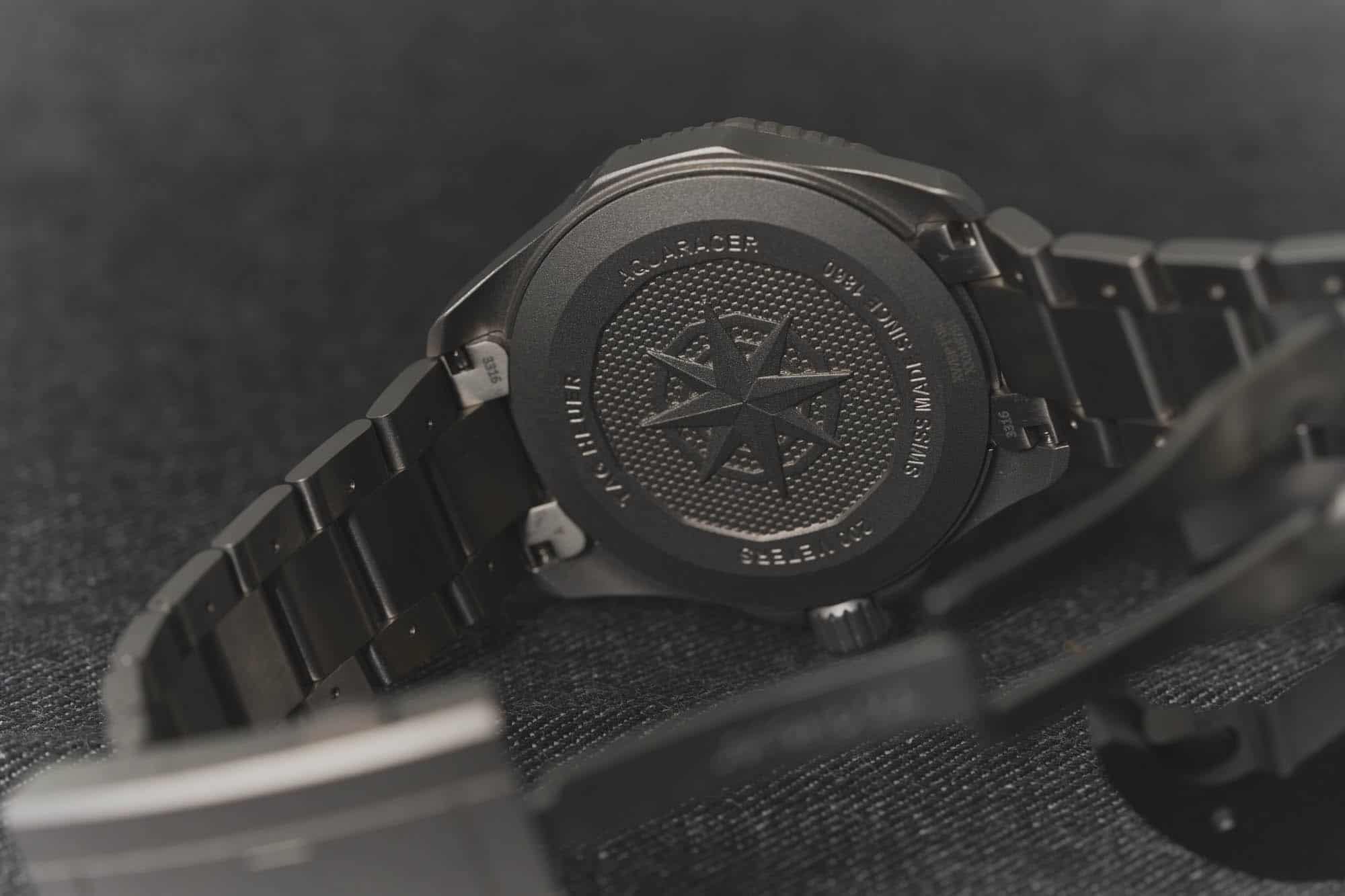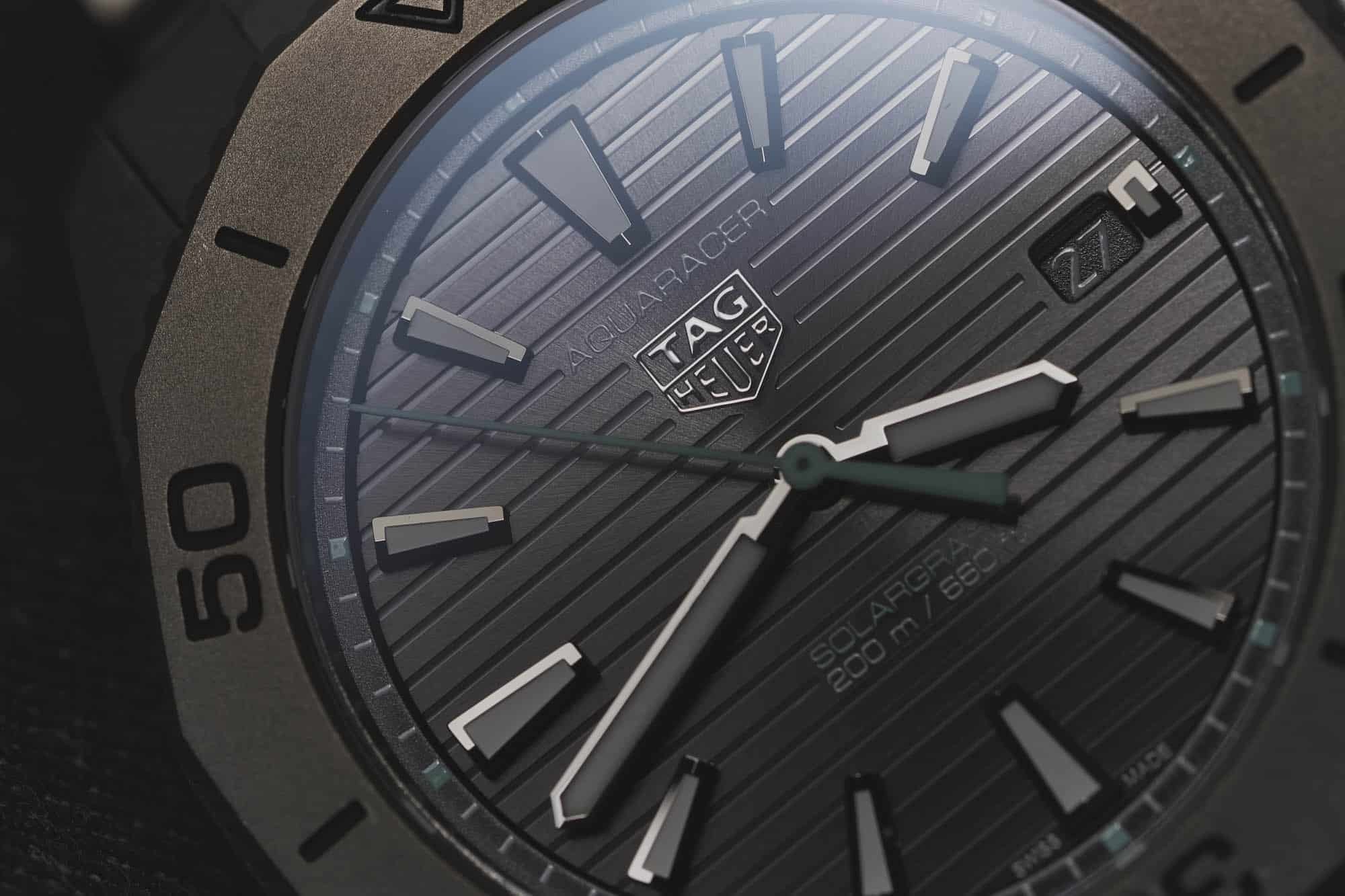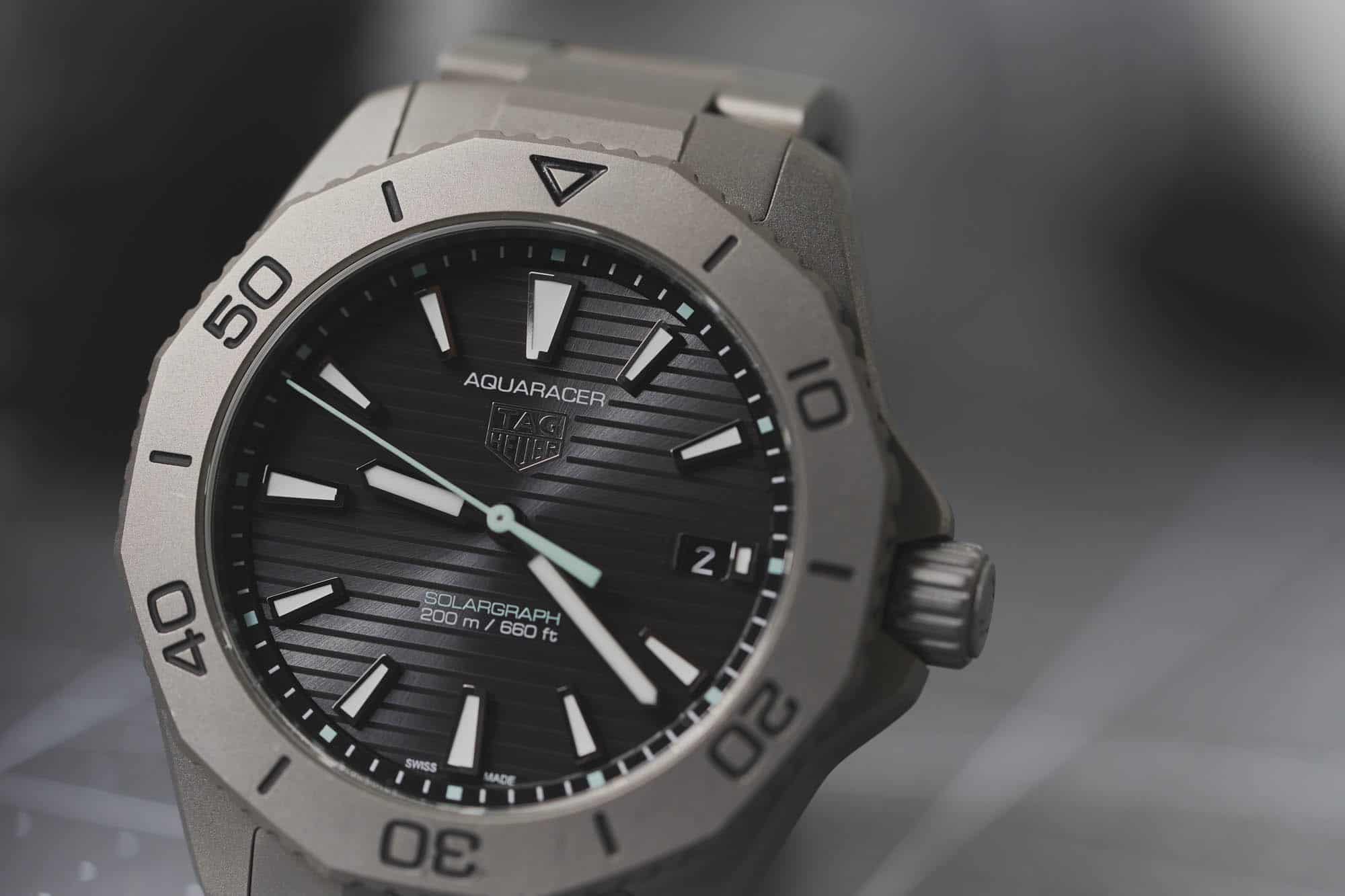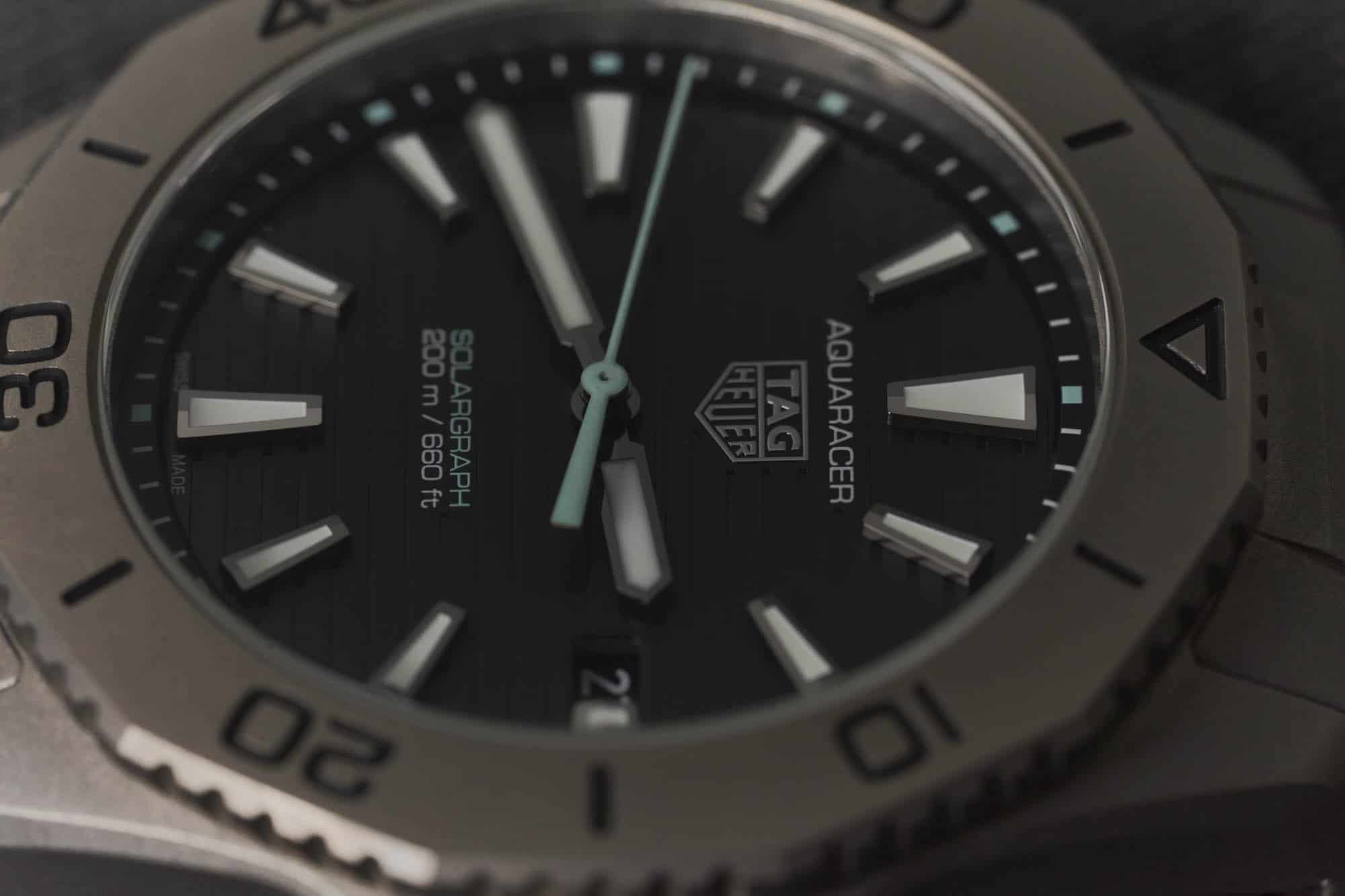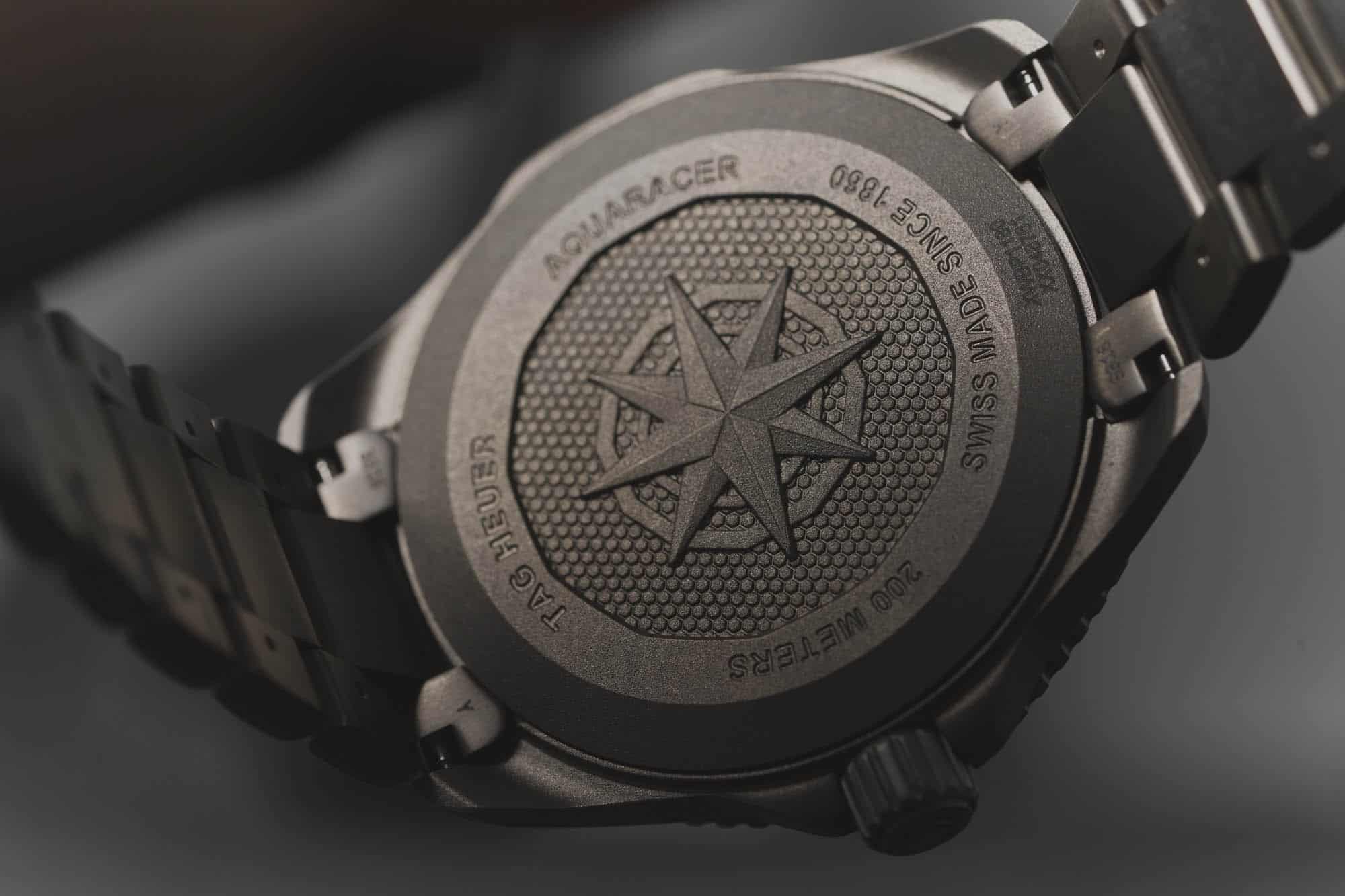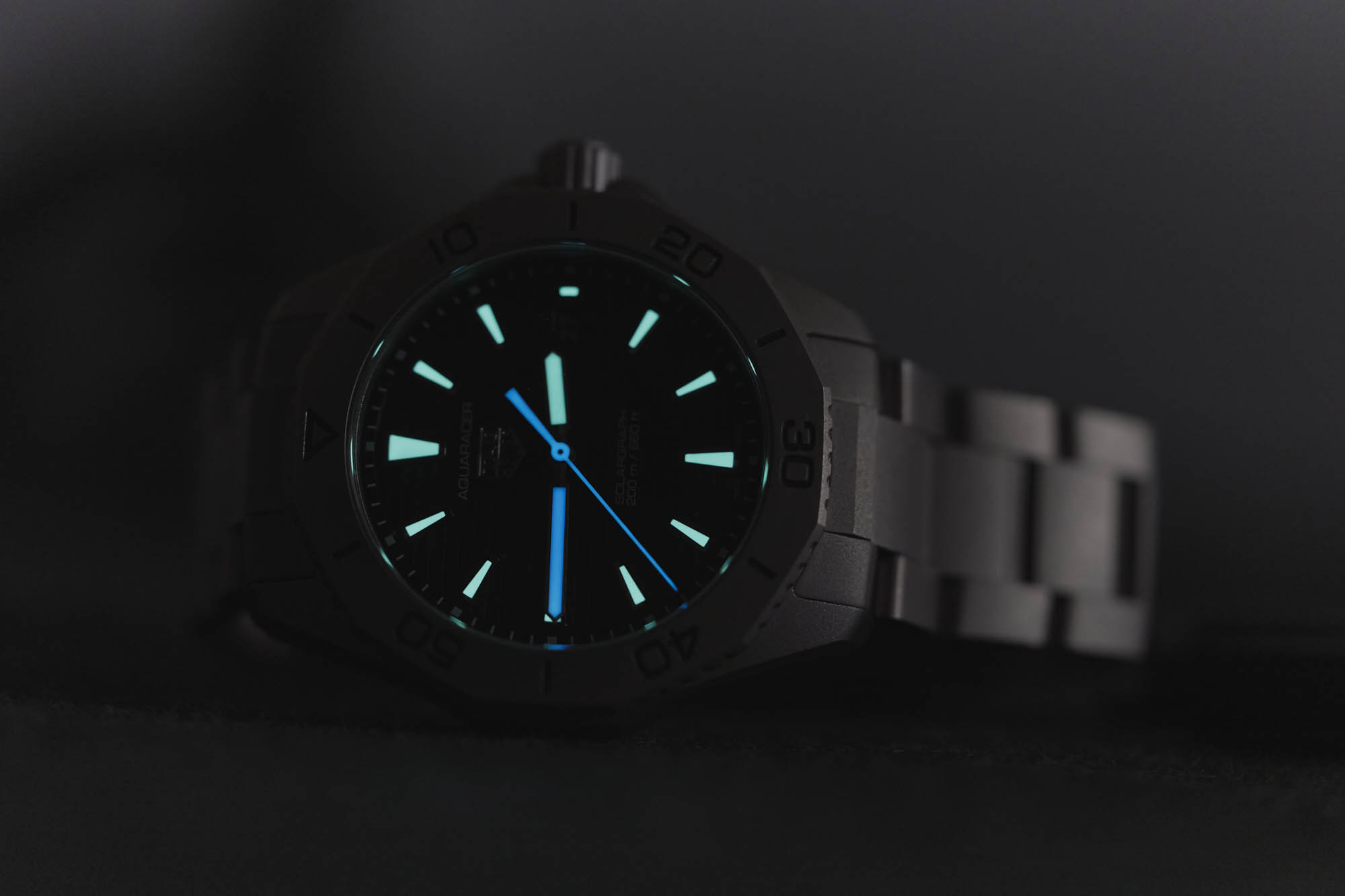The TAG Heuer Aquaracer has had a relatively sorted history since its introduction in 2004, taking on a range of identities scarcely connected between era specific design codes that come and go. The bits that have connected through the years remain as compelling today as they were in the pre-Aquaracer 2000 Series watches, and after a generation of Aquaracer growth, their latest effort in the Solargraph feels to have finally found a lasting voice by tying it all together in a cohesive package. This is the first Aquaracer since those early 2000 Series watches that has felt like a fully matured concept to my eye, and I hope it’s a sign of things to come within the family.
To this day the Aquaracer exists in many forms spread across the Aquaracer 200, 300, and 1000 ranges. Each adopts the general dive watch aesthetic at the core of the collection, but you’ll find complications ranging from chronographs and GMTs alongside gem-set colorful dials in a range of sizes. It’s a collection that covers a lot of ground. The Solargraph, as seen in its newest guise released earlier this year, manages to capture a near perfect distillation of the Aquaracer design language, and manages enough restraint to feel like a fresh, and I’ll venture to say more timeless execution of the theme. That’s merely at first blush, however. We recently spent some time with the watch to see just how well that pans out in practice.









 Featured Videos
Featured Videos




